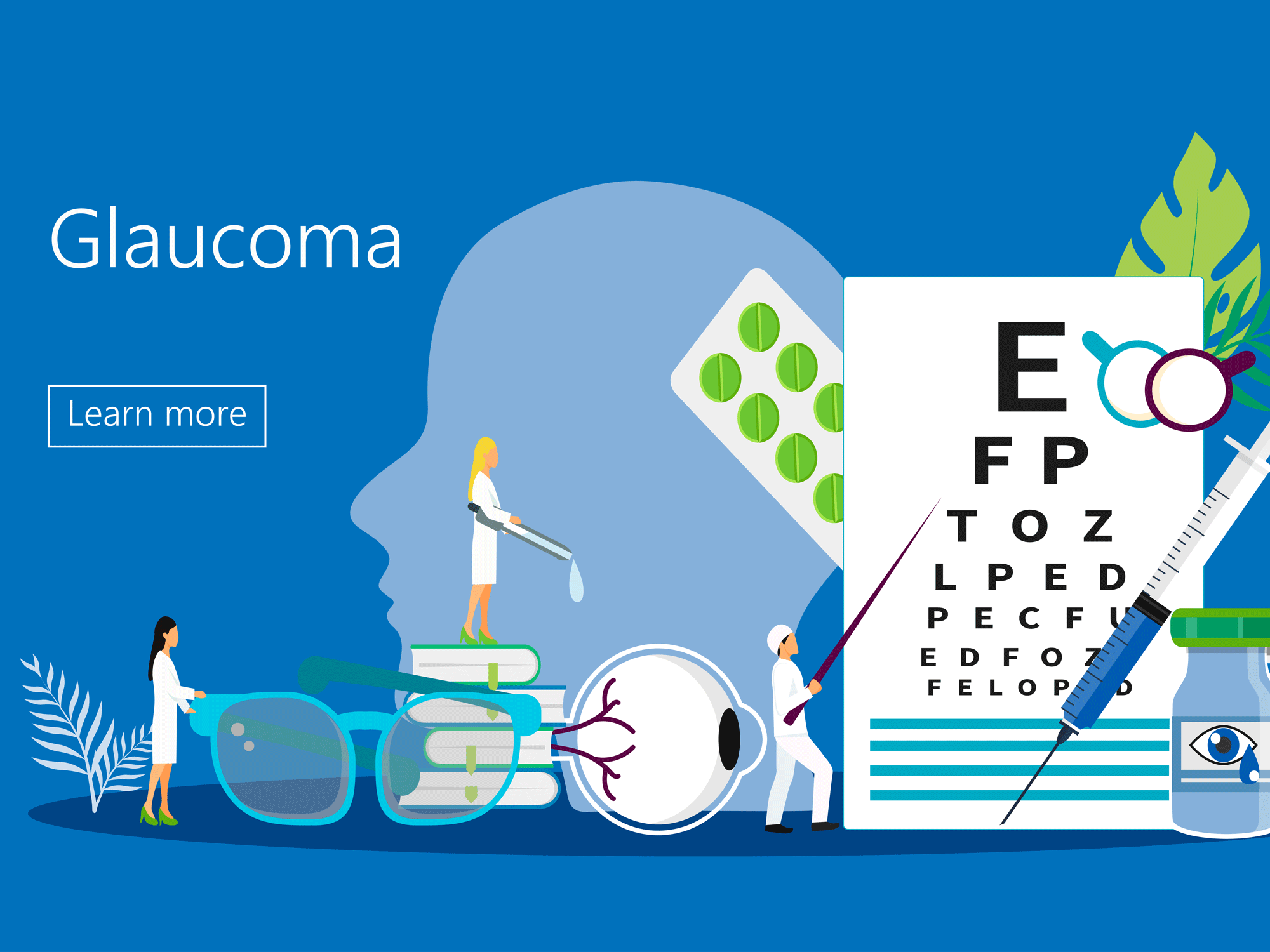Skye & University of Mississippi: Leveraging more than 50 years of cannabinoid research
The academic research and work conducted by a group of doctors and professors at University of Mississippi, and the partnership we established with them, has played an important role in Skye Bioscience’s evolution and the preclinical advancements we have made to date.
The university – better known as UM and “Ole Miss” – has over a 50-year history of leadership in research and discovery related to cannabinoid chemistry and physiology and the first DEA-licensed facility to cultivate and research cannabis in the United States.
Our relationship with UM all began when we had the unique opportunity, working with Dr. Soumyajit Majumdar and Dr. Mahmoud ElSohly, to license its proprietary cannabinoid-derivative molecules – THCVHS (a prodrug of tetrahydrocannabinol or THC) and CBDVHS (an analog of cannabidiol or CBD) as part of our mission to harness the potential of cannabinoids in the form of effective, clinically tested and validated pharmaceutical agents.
At Skye, we believe in the significant possibilities (and recognize the gap in the market) for what bioengineered cannabinoid-based therapies can achieve in generating safer and more effective therapeutic outcomes. And what this technology we licensed from UM has enabled us to do is use these proprietary molecules to research and develop new, novel treatment options, starting with glaucoma as the first targeted disease and leveraging cannabinoids as the foundation.
With the number of people impacted by glaucoma predicted to continue growing over the next two decades (from 80 million today to over 111 million by 2040*), our team of scientists, doctors and biotech entrepreneurs recognized the need to explore a new, more refined scientific approach to address this unmet medical need.
Using rational drug design, our THCVHS molecule was created by chemically modifying THC by adding a valine hemi-succinate (VHS) arm to make the molecule more soluble and enable local direct delivery into the eye and improve its chemical characteristics to allow it to penetrate various compartments of the eye, all while avoiding systemic effects. (Once inside the eye, the THCVHS molecule is converted back into THC by enzymes that remove the VHS arm.) You can learn more about the process here.
Securing a patented solution that could effectively deliver THC locally into the eye was just the breakthrough we were looking for to pursue a differentiated path with the potential to result in a new class of drug to treat glaucoma and possibly a spectrum of other diseases.
In 2019, we secured “all fields” licenses for Ole Miss’s THCVHS and CBDVHS molecules, which now permits Skye to develop its THC-prodrug and CBD-analog for any therapeutic indication or organ with any formulation and by any route of administration for human as well as veterinary use.
Today, Skye’s proprietary molecules have the potential to address not just ocular diseases, but everything from neurological indications to pain and addiction. The initiation of our first-in-human clinical study for the treatment of glaucoma is planned for Q3 of this year.
We see this as just the beginning of what we can discover in the world of bioengineered cannabinoid-derived pharmaceutical medicine working with leading science and research and esteemed academic facilities like University of Mississippi.
– The Skye team
Source:
* https://www.aao.org

